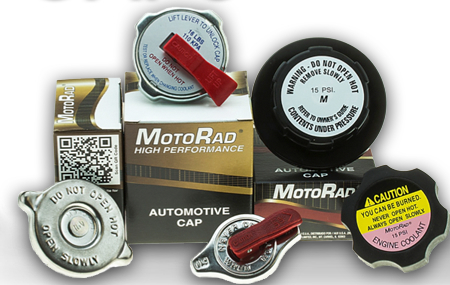In most industries today, power comes from electric motors. Some are large with a huge amount of torque and horsepower while others are relatively small. However, no matter what size motor, control circuits with contactors, industrial motor starters and other components, keep these motors running safely and smoothly. Here are some basics on the motor starter, to give you a better idea of how it works and what it does.
Why Not Just Switch Motors On and Off?
Instead of a complicated circuit, you could place a simple on/off switch wired in series with the power source. This would work fine if you only wanted to turn a fan on or off, for example. Yet, many manufacturing and processing facilities have more complex needs. Let’s look at one of the most basic components of motor control, the starter.
Starters
Industrial motor starters can be manual or automatic but it’s easier to explain if you use a manual starter as an example. Some starters use push button switches to deliver or terminate power to a motor. However some have switches which can easily be flipped on and off. This allows the switch to be locked in the off position so the motor cannot be accidentally started.
Industrial motor starters supply power to motors but they also provide valuable overload protection. The simplest overload circuit is wired in series and when heat sensitive contacts get too hot, they liquefy and this breaks the circuit, turning off the motor or compressor.
Important Features
Quality made industrial motor starters have important features. For example, you can perform an overload circuit test with a simple button push. Phase loss is very important for three phase motors and some starters can detect when you lose a phase. Some can be din rail mounted and do not have to be placed in standard control panels.

